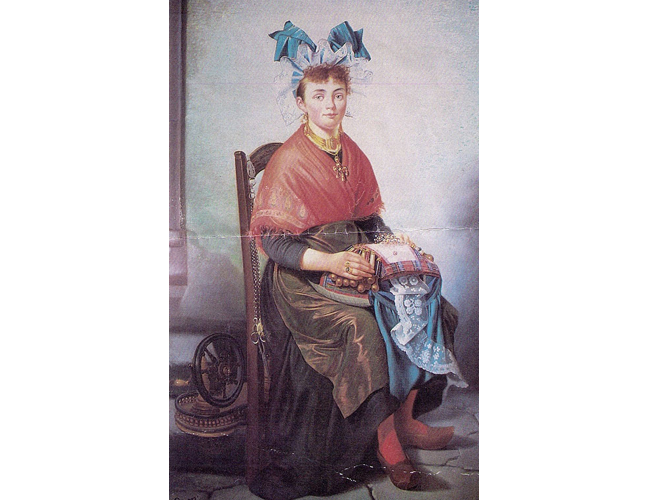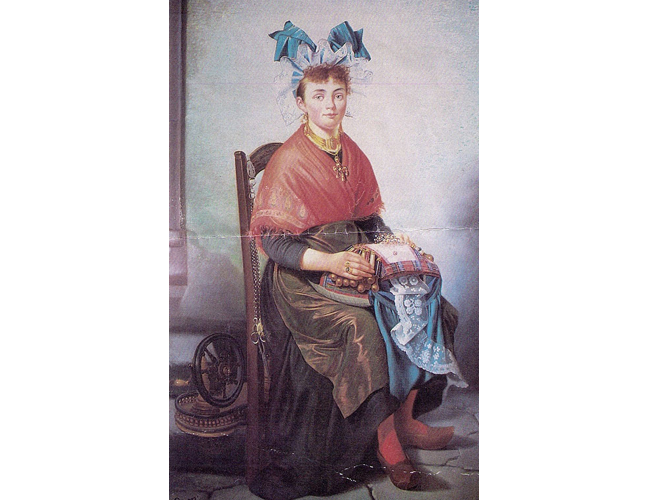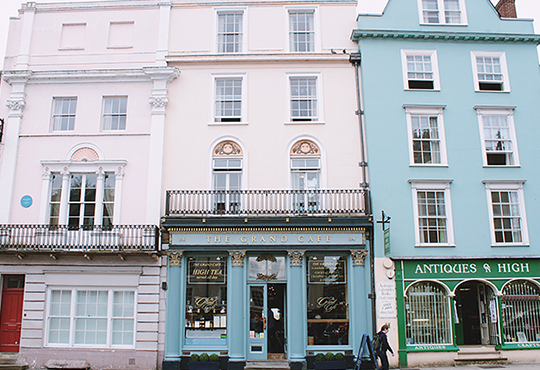
Team MSL were privileged to get the opportunity to attend the Brighton University Developments in Dress History Conference. Over three days the conference reflected upon the discipline of dress history and its current place within academic fields of art and humanities.
‘Because of the multi-faceted levels at which clothing functions within any society and any culture, clothing provides a powerful analytical tool.’ (Lou Taylor, The Study of Dress History, Manchester University Press, 2002, p1)
Structured by Doctor Louise Purbrick (Principal Lecturer in the History of Art and Design), the conference was a celebration and homage to Professor Lou Taylor, international authority and the most influential figure within dress history studies. As Lou is remarkable yet unreservedly modest, the conference was a chance for all those she has inspired to thank her and to reflect on her outstandingly influential career.
Lou pioneered for Dress History to be taken seriously as an academic subject for study. Her focus centres on the importance of the object; on the development of critical discussions of clothing in their historical, material culture and museology setting. Lou positively transformed the study of dress through teaching, publishing, exhibition curating, and BA, MA and PHD supervision. Amongst renowned curators and other authorities on dress she has taught designers Galliano and McQueen.

Lou is driven by the conviction that trans and interdisciplinary approaches to the construction of history offer a fresh and close understanding of the cultural ‘eye’ of a specific period or community. Lou’s focus is on the dress of the everyday; on the clothes of the poor, middle and working classes. Elitist and luxury garments are both the most well-made and least worn, and are therefore those that survive and are able to be displayed. Whilst these garments are the most commercially and aesthetically pleasing, however, they represent only a very minute proportion of society. Lou’s intention therefore, and the intention of those who have subsequently adopted her methodology, is to analyse the fewer but far more culturally revealing surviving garments of the everyday; those that due to their unassuming and practical nature are rarely considered. It is in these peasant pinafores of the Hungarian poor and the washing overalls of the 1930s middle aged mother where the most insight into historical contexts can be gained. This is not to say that the Couture of Dior or Chanel is ignored by Taylor, far from it in fact, but her argument is that only through the close study of the dress of all class levels can contextually accurate conclusions be drawn.
The Dress History conference hosted an impressive range of delegates and audience members. There were dress historians from all stages in their career, enthusiasts from all over the world, undergraduate and postgraduate students, established curators and authors. The conference was a fusion of appreciation, intelligence, support and passion for dress history. Topics considered ethnicity, imagery, identity, collectors, collecting, behaviour, etiquette, display and selling, to name but a few of the themes covered. Discussion subjects ranged from Sari retailing in Chennai to ‘How Granny Got her Groove Back.’
The Conference embodied MSL’s passion for the significance of clothes as representative of identity and reminiscent of nostalgic and significant moments in time. MSL’s new venture Behind the Seams encapsulates all that the Dress History Conference considered, spreading the important message that the inconspicuous and ‘ordinary’ object, ignored by the un-inquisitive eye, is precisely that of most interest. Team MSL believe that all dress objects are worthy of investigation no matter what their original location or function. We have Lou Taylor to thank for this revolutionary approach to dress history; a true inspiration.
Steph Marks



